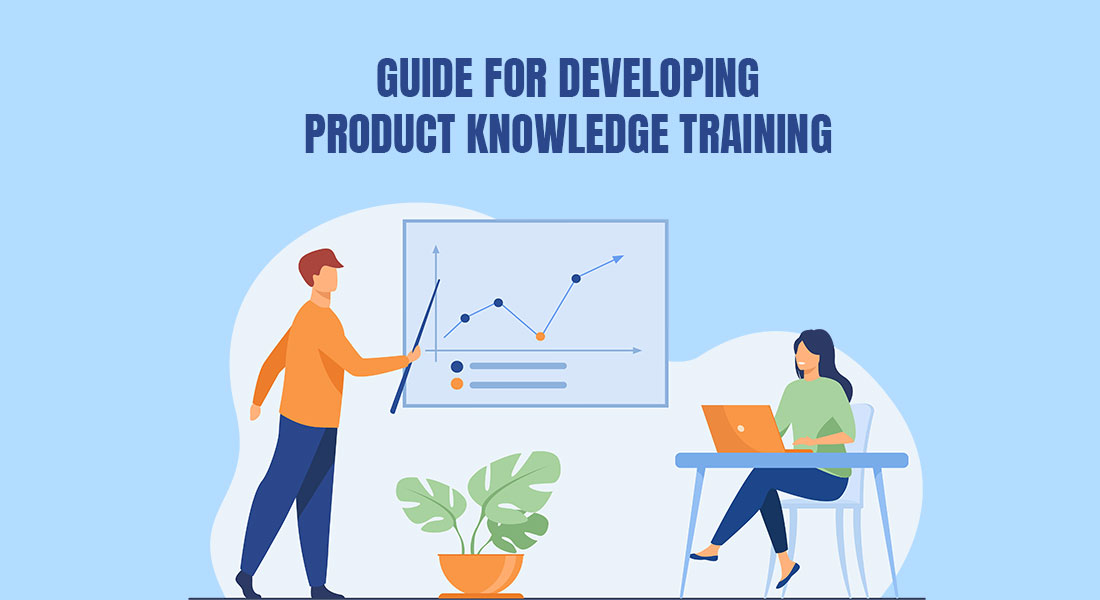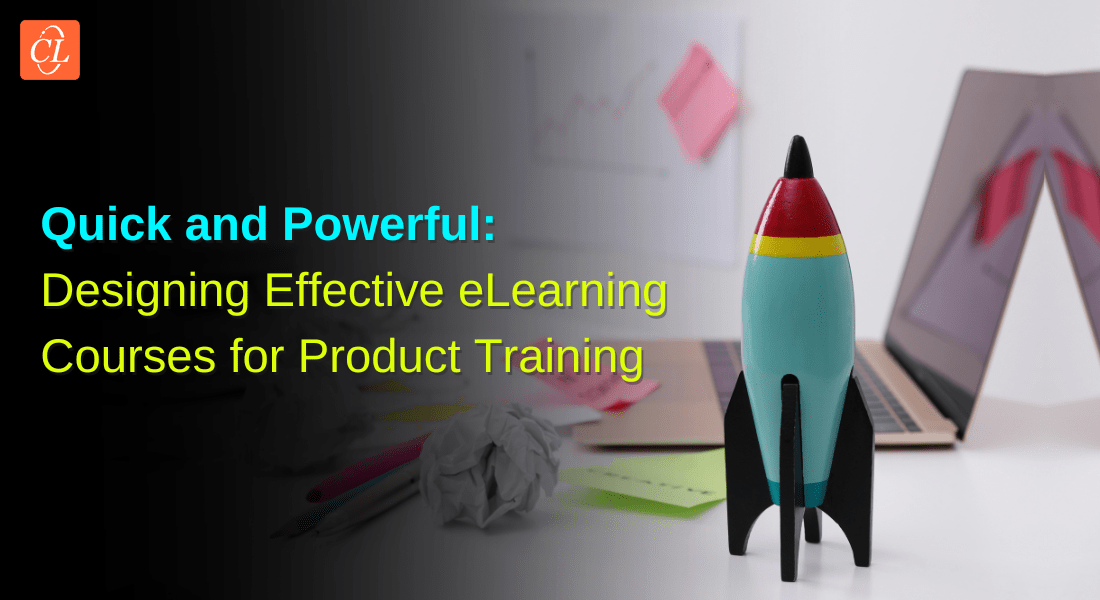A Comprehensive Guide for Developing Impressive Content for Product Knowledge Training

Product training cannot be given in isolation and is not confined to product knowledge. What should a salesperson know first to sell a product? He needs to know about his company including the products it sells. He needs to know about his target customers and also about the competition. These are some of the fundamental concepts that form the basis of product training, particularly in the way content should be presented during product training for salespeople.
Product Training Cannot be Confined to Product Knowledge
Here’s what it entails:
- Introducing the product
- Explaining the position of the product in the business portfolio
- Giving an overview of the customer profiles
- Highlighting the features and benefits of the product
- Talking about the accessories, bundling, and cross-selling
Content Outline for Memorable Product Knowledge Training
Here is a content outline for product knowledge training that will help you develop quick product knowledge training for your sales personnel.
Introduction
Here you can introduce the product and provide key functions of the product concerning the end user i.e. how the product is beneficial to the end-user. This helps salespeople map a target customer profile.
Position of the Product in the Business Portfolio
Depending on the size of the company, the number of products in its portfolio varies. However, a salesperson must understand where in the product portfolio the said product falls. Therefore, product training needs to start with a clear message about the position of a product in the company’s business portfolio. This helps the salesperson understand a lot of things such as the target segment, profile of potential customer or business, and so on.
Customer Profiles
Salespeople waste valuable time chasing leads who don’t need the products, who can’t afford them, or who are simply not interested in them. This happens when salespeople do not have a clear profile of their target customers. Knowing who he can sell his products to help salespeople make the right choices and follow up qualified leads. For this purpose, organizations need to do a detailed customer profiling to understand the persona of their target customers for a product, the potential market segment, business size, and type. As a part of product training, this information also needs to be shared. Sometimes, buyer personas can be different for different product segments and therefore as a standard practice, every product should have its customer profile.
Watch this video for essential tips and simplified strategies to master product knowledge training.
Features and Advantages of the Product
Ultimately, salespeople need to impress upon the customers the features and benefits of the said product. Typically, you can include about 3-4 distinguishing features of the product and the key advantages it has over other products. Most traditional product training programs concentrate only on this aspect. While this is important it is not good enough for selling in present dynamic market conditions. This information is usually obtained by a prospect from the internet, and more often than not, is not adequate to clinch that all-important deal. Therefore, you need to talk about the benefits the product provides to customers.
It is important that product training for salespeople includes BENEFITS that the product brings to the customer. What is the inherent value in terms of money, time, or anything else that the customer gets as a result of using this product? The focus must be on selling solutions rather than features.
→ Read Now: Microlearning for Product Sales Training
Accessories, Bundling & Cross-Selling
Products come with some default accessories. For example, a computer comes with a CPU, Monitor, Keyboard, and Mouse. External speakers, Additional hard disk space, higher RAM, network card are other accessories that can go along with the computer as additional products to enhance user experience. An enthusiastic salesperson educates his customer with these bundling options. Similarly, printers, scanners, or projectors could be other products that the company may be dealing with. The value these products can bring to the customer is another aspect that a salesperson should know and is essential for cross-selling.
A good product training program for salespeople should include such bundling and cross-selling options.
AMC and Service Information
Selling a product is not the end as backing up sales with good service is equally important. Sales personnel need to provide this information to customers and it can sometimes be a deal-clinching factor. When organizations buy equipment for their offices at multiple locations, they may be keen on checking out the service backup available at all locations. Similarly, information about warranties and benefits of annual maintenance contracts are other aspects that are vital for product training programs.
Remember that these aspects are very important to increase sales and retain customers.
Comparison with Competing Products
Customers today are well-informed and research products even before meeting a salesperson. They would have compared competing products, features, and their values. A salesperson needs to be ready with convincing answers to any query posed by the customer. For this purpose, he needs to know about the products of competitors and the specific model his company’s product is pitted against. He needs to know a feature-by-feature comparison of products and how his product fares against the competition.
Tips for Selling
It is a good idea to share some case studies or scenarios with salespeople that help them during a sales pitch. They could be given a list of ice-breaker ideas to elicit the interest of a potential customer. Case studies also help them with some leading questions that enable them to understand customer needs and pain points. It always helps to share actual experiences faced by salespeople in the field. Such exchange of information helps salespeople to anticipate situations and be prepared suitably to get the best out of the available opportunity.
Summarize
It is important to end the session with a summary of key points covered during the training session. This helps learners to recall key information and reinforces important points. You could also include a checklist to verify if all the course objectives have been attained by the learner.
Assessments
A training program should ideally end with an assessment so that the extent to which the course has attained its objectives can be evaluated. This helps in modifying and updating future training programs. Assessments should be structured to judge the application knowledge of the salesperson. There is no point in testing the recall capability of a salesperson about factual information. For this purpose, scenarios and case studies can be used and learners can be questioned about the best strategy to be adopted in a given situation or the best way to present a product to a particular customer.
Parting Thoughts
Customers these days are better informed about and more selective in choosing their products. Therefore, salespeople need to be trained to respond to customer queries effectively. Product training should enable salespeople to provide correct advice to customers and help them make informed decisions. Ultimately, the course should instill confidence in the sales personnel in selling which ultimately will lead to an increase in business.
Since now you are familiar with what to deliver, you must be keen to know how to deliver impactful sales training. Well, what better than microlearning for your on-the-move salesforce? Here’s a case study to elaborate on the success of microlearning for sales training for a pharma major. Trace the journey now!



![9-Point Content Outline for Product Knowledge Training [Infographic]](https://blog.commlabindia.com/hubfs/blogs/content-outline-product-knowledge-training-info.jpg)
![4 Key Strategies for Successful Product Knowledge Training [Infographic]](https://blog.commlabindia.com/hubfs/blogs/key-strategies-successful-product-knowledge-training-info.jpg)
